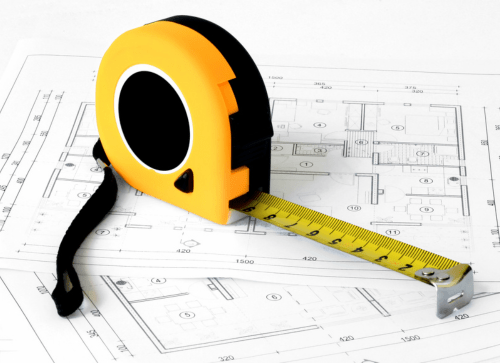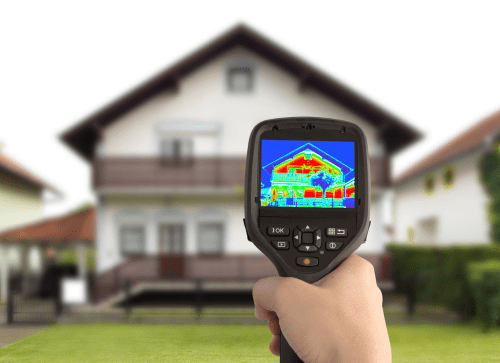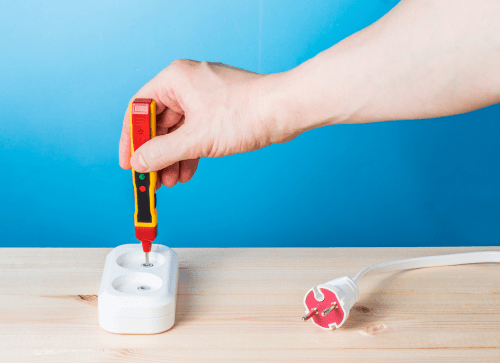19
Jul 2023
How To Find Underfloor Heating Pipes
Although underfloor heating (UFH) systems offer effective and comfortable warmth, finding the pipes under the floor can occasionally be difficult. Finding the pipes is crucial whether you need to do maintenance, repair, or remodelling work. We’ll provide you with a how-to guide in this blog post on where to look for underfloor heating pipes so you can successfully maintain and repair your system.
Method 1: Floor Plan and Installation Documentation
When installing underfloor heating, it is important to begin by examining the floor plan and locating access points to effectively trace the path of the heating pipes and ensure a successful installation.
- Examine the floor plan: First, the installation manual or the original floor plan. This might contain details about the pipe layout, the locations of the installations, and any pertinent marks that will help you identify the pipes.
- Locate Access Points: The underfloor heating pipes will probably start at access points like manifolds or control valves. To assist you in locating the pipes’ paths around the room or property, follow the pipe routes from these access points.

Method 2: Thermal Imaging
Utilise a thermal imaging camera to identify changes in surface temperatures, as the pipes will appear warmer compared to the surrounding areas.
- Use a Thermal Imaging Camera: Thermal imaging cameras can find underfloor heating pipes by detecting changes in surface temperatures. Use the thermal camera to scan the floor surface when the heating system is on. In contrast to the surroundings, the lines or patterns of the pipes will appear to be warmer.
- Interpret the Thermal Image: When interpreting the thermal image, find the locations with stronger heat signatures, which point to the existence of underfloor heating pipes. Then, trace the entire pipe arrangement by paying attention to recurring patterns and sticking to the path.

Method 3: Non-Contact Voltage Detector
To ensure the underfloor heating system is operational and to identify the presence of electrical current in the heating pipes, it is important to turn on the heating system and use a non-contact voltage detector to detect the flow of electricity.
- Turn on the Heating System: Make sure the underfloor heating system is functioning and turned on by turning on the heating system. As a result, the electrical current flowing through the heating pipes will be detectable.
- Use a Non-Contact Voltage Detector: A non-contact voltage detector can determine whether electrical current is present in the pipes used for underfloor heating. Move the detector close to potential pipe locations along the floor’s surface. The underfloor heating pipes are probably where the detector beeps or shows the presence of electricity.

Method 4: Floor Disruption
- Locate Control Valves: The control valves or manifolds connected to the underfloor heating system can be found by looking for them. These are frequently seen in utility rooms or close to the heater. You may understand the pipe arrangement by following the pipes connected to these valves.
- Look for Indicators on the Floor: Underfloor heating pipes may leave little clues on the floor’s surface. Look for these signs. Look for any small cuts, marks, or depressions that might point to the presence of pipes underneath.
- Seek Professional Help: It is advised to seek the assistance of a qualified installation or an experienced plumber if all other efforts have failed or if you are unsure where the underfloor heating pipes are located. They possess the knowledge and specialised equipment needed to identify the pipes precisely without causing any harm to the flooring.

Underfloor Heating Pipes
Even though finding the underfloor heating pipes can be difficult, it is feasible to do it accurately with the right methods and equipment. Each approach has advantages, whether you reference the floor plan, use thermal imaging, use a non-contact voltage detector, or search for floor disruptions.
It is usually preferable to see a professional to ensure the pipes are situated correctly if you are hesitant or uncomfortable with the procedure. By adhering to these instructions, you may locate underfloor heating pipes efficiently, enabling upkeep, repairs, or any modifications to your UFH system.
